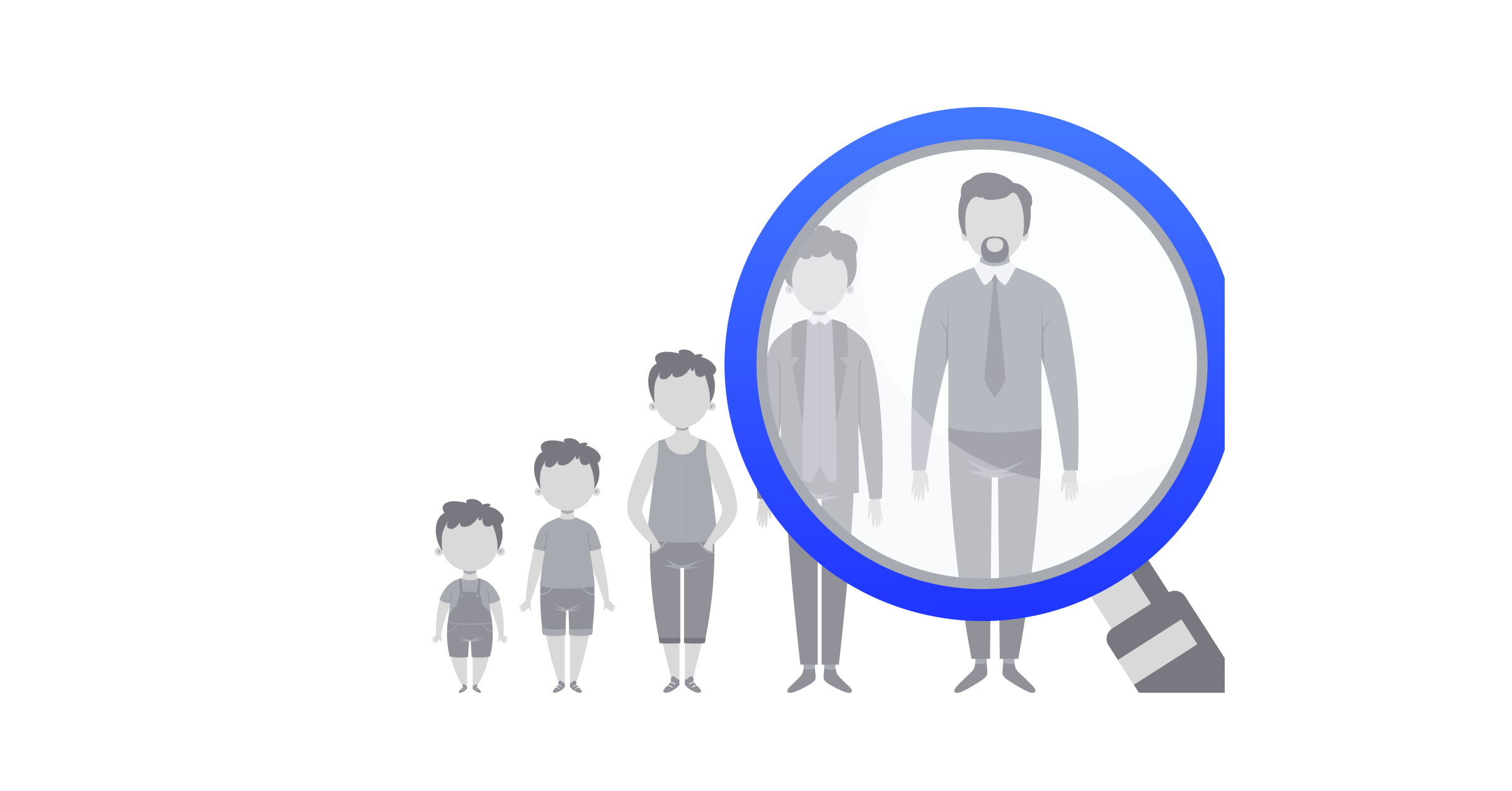Keeping people engaged in longitudinal studies is hard—yet your data is only as solid as the sample that sticks around. One large cohort found retention dropped from 75% at six months to 64% at 12 months.
Participants move, change jobs, and lose interest; your study can’t move with them unless you plan ahead. This article distills recent evidence on how to slow attrition and keep responses flowing well throughout your study timeline.
Who Is This For?
- Academic researchers tracking cohorts over multiple years
- Public-health teams running repeated health-behavior surveys
- Market researchers using multi-phase research incentives to map consumer trends
- Product teams running customer‐experience panels for 6+ months
- Non-profits measuring long-term program outcomes
Why Retention Fades Over Time
Attrition Basics
Longitudinal studies often lose up to 30% of participants over multiple waves. Lower sample size means lower statistical power and can introduce bias if certain subgroups drop out faster.
A 2024 systematic review published by BMC Public Health found that participant burden, perceived relevance, and incentive structure were the three most significant factors affecting retention rates.
Modality Matters
Retention rates change with the survey mode: mail, phone, online, or social media, and usually decline faster when contact methods are rigid.
Evidence-Based Tactics to Retain Survey Participants
Using these data-backed approaches—cash-value rewards, flexible survey modes, extended windows, and phased incentives—can help safeguard your sample and strengthen the validity of your longitudinal research.
1. Use Cash-Value Incentives
A UKRI review shows cash incentives or digital vouchers consistently outperform non-monetary gifts for boosting response rates, while charity donations and lotteries show neutral or negative impact.
Quick win: Offer small, guaranteed digital gift cards (e.g., $10) for each wave.
2. Offer Flexible Completion Modes
Research from the MIDUS project reports a median 86% retention when participants could choose online, phone, or in-person options versus 76% with a single mode.
Action: Provide at least two survey modes—mobile-optimized web links plus a callback option.
3. Adjust the Schedule, Not Just the Reward
A 2023 randomized trial found that extending the schedule from 7 to 14 days increased response rates (48% vs. 39%), while changing reward structure (fixed vs. bonus) did not.
Tip: Give respondents a two-week window with reminder nudges at day 3 and day 10.
4. Phase Your Incentives
Studies show $10 digital gift cards can lift follow-up retention. Break your total budget into smaller per-wave amounts, then add a completion bonus.
| Wave | Incentive | Rationale |
|---|---|---|
| Wave 1 | $5 eGift | Fast gratification |
| Wave 2 | $10 eGift | Keeps momentum |
| Final Wave | $20 bonus | Anchors long-term commitment |
For an effortless way to manage your digital incentives for surveys, Toasty offers a streamlined, cost-free platform designed for researchers and teams running multi-phase studies.
Whether you're coordinating a long-term academic study or a seasonal customer feedback panel, Toasty helps simplify the incentive process so you can focus on collecting meaningful data.
Sign-Up Book a Demo
Field-Specific Retention Strategies
Different research contexts require tailored approaches:
- Clinical Trials: Consider appointment reminders with transportation incentives.
- Market Research Panels: Use product previews as additional motivation.
- Academic Studies: Offer personalized study results.
Spring-Specific Engagement Ideas
- Seasonal Messaging: Subject lines like “Spring Check-In—5 minutes for a $10 treat!”
- Fresh Incentive Themes: Coffee cards or outdoor-gear vouchers tie into warmer weather.
- Countdown Timers: Show days remaining to claim the next incentive and keep urgency high.
Key Takeaways
- Attrition can hit 30%; proactive retention strategies are non-negotiable.
- Cash-value incentives trump non-monetary gifts for response rates.
- Flexibility in survey mode raises retention from 76% to 86%.
- Extending the response window to 14 days can add ~9% more completions.
- Phased, low-value rewards with a final bonus balance cost and motivation.
FAQs
What’s the ideal reward size per wave?
Keep each phase modest ($5–$10) and save a larger bonus for study completion.
Which is better: digital vs. physical gift?
Digital gifts are faster and avoid shipping delays—perfect for tight study timelines.
How soon after each wave should I send rewards?
Within 24 hours. Instant gratification reinforces participation.
Do non-cash rewards ever work?
Only if they have clear, immediate utility (e.g., transit passes). Charity gifts rarely improve response rates.
Should I vary the incentive by demographic?
Yes—allowing choice (e.g., Visa, Amazon, coffee) satisfies diverse preferences. Consider Toasty, which allows each recipient to select their preferred brand.



